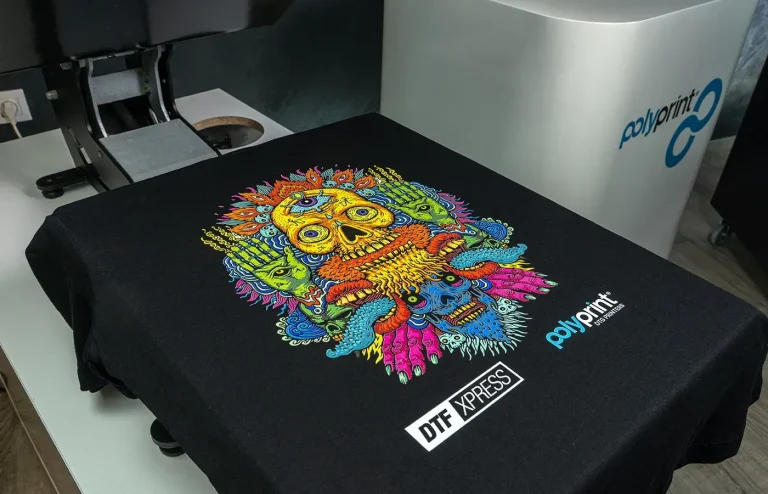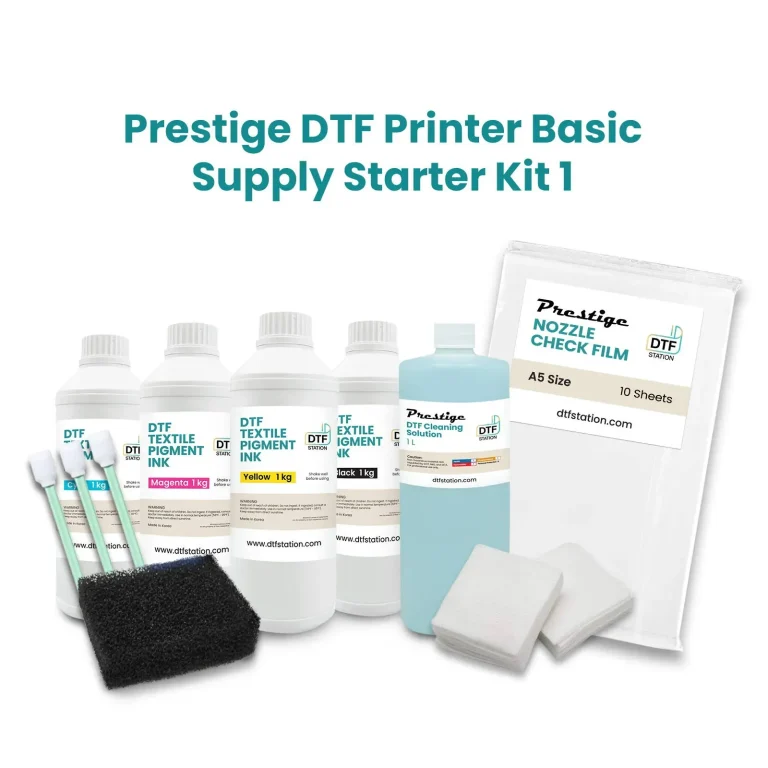Texas DTF Studio Scaling Up Production: A Case Study
Texas DTF Studio Scaling Up Production is reshaping how small- and mid-sized apparel brands approach digital transfer workflows. This flexible model leverages direct-to-film technology to meet rising demand while preserving color fidelity. The focus remains practical and grounded in real-world steps rather than hype. By showcasing a streamlined process that reduces handoffs, standardizes settings, and enables more reliable changeovers, the approach helps studios scale while maintaining consistency. Together, these elements offer a concise blueprint for teams preparing to grow their operations.
Seen through an efficiency lens, the Texas operation demonstrates scalable production for apparel decoration, illustrating how disciplined planning and data-informed decisions support sustained growth. This broader breakdown treats expansion as a case study in scalable apparel decoration, highlighting production automation to lift throughput and reliability. By reorganizing the line, centralizing job management, and tightening quality controls, the team demonstrates how to maintain quality at higher volumes. The takeaway for other studios is clear: repeatable processes and transparent metrics unlock long-term profitability. In short, the journey shows how technology-enabled scaling can meet demand without compromising the finishes customers expect.
Texas DTF Studio Scaling Up Production: Leveraging Production Automation and Workflow Optimization
Texas DTF Studio Scaling Up Production demonstrates how production automation and a streamlined workflow can dramatically increase throughput without sacrificing print quality. By adding two more DTF printers, introducing an automated film feeding and take-up system, and deploying a centralized RIP-based job manager, the studio reduced manual touchpoints and shortened queue times. This approach leverages direct-to-film technology to maintain consistent color fidelity, while ensuring that the entire print-to-pack sequence remains tightly synchronized for faster turnaround.
The shift to a more linear, process-driven layout—covering artwork intake, pre-press validation, print run, film curing/transfer, heat pressing, trimming, and packing—illustrates how workflow optimization reduces idle time and cross-contamination of tasks. With inline inspections and standardized color management against ICC profiles, the studio achieved higher repeatability and lower defect rates. The result is a scalable model that preserves the high-quality finishes DTF printing is known for while expanding capacity to meet rising demand.
Practical Steps for Scaling DTF Production: An Apparel Printing Case Study in Action
This apparel printing case study highlights data-driven decision making as the foundation for scalable growth in DTF printing. Begin with a comprehensive audit of cycle times, defect rates, and station capacity, then map a linear workflow from artwork intake to final packing. Standard operating procedures (SOPs) and quick-change fixtures help reduce setup times, while production automation targets repetitive tasks such as film handling and queue management to maximize throughput and consistency.
ROI-focused planning, risk mitigation, and a culture of continuous improvement are essential for sustainable scaling. Training ensures staff can operate new equipment and troubleshoot issues promptly, and ongoing performance reviews support data-driven adjustments. By framing the journey as an apparel printing case study in action, studios can implement repeatable practices—balancing automation, workflow optimization, and robust quality control—to increase capacity, shorten lead times, and maintain the quality customers expect from DTF printing.
Frequently Asked Questions
What lessons can other apparel brands learn from the Texas DTF Studio Scaling Up Production about using production automation to increase throughput in DTF printing while maintaining quality?
Key steps from the Texas case include adding two DTF printers, implementing automated film feeding and take-up systems, and using a centralized RIP-based job manager to orchestrate queues and color settings. This production automation reduces manual touchpoints and stabilizes color fidelity in direct-to-film technology, enabling throughput to rise by about 30-40% while lead times drop to 1–2 days. A linear workflow, dedicated finishing station, and inline quality checks further sustain quality at scale.
In the apparel printing case study of the Texas DTF Studio Scaling Up Production, how did workflow optimization contribute to faster throughput and consistent quality in DTF printing?
Workflow optimization created a linear, end-to-end flow: artwork intake, pre-press validation, print run, film curing/transfer, heat pressing, trimming, and packing, aided by a dedicated finishing station, SOPs, and quick-change fixtures to minimize setup time and handoffs. Inline inspections and real-time color verification ensured consistency with ICC profiles, reducing rework and waste. As a result, lead times fell to 1–2 days and overall throughput increased by 30–40%, with more reliable, high-quality DTF printing.
| Aspect | Key Points | Impact / Notes |
|---|---|---|
| Challenge | Surge in orders; bottlenecks in throughput; manual pre-press alignment, printer uptime, and post-print finishing idle time; longer lead times, higher inventory, and variable labor costs. | necessitated scaling without sacrificing quality. |
| Approach: Assessing current state | Audit cycle times, defect rates, changeover times, and station capacity. Identified bottlenecks: manual pre-press alignment/color management; printer queues with inconsistent uptime; post-print finishing idle time. | Data-driven bottleneck identification. |
| Approach: Production automation | Added two DTF printers; automated film feeding and take-up; centralized job management system for queues, color settings, and RIP profiles. | Reduced manual touchpoints; elevated throughput. |
| Approach: Workflow & layout | Designed a linear workflow: artwork intake, pre-press validation, print run, film curing/transfer, heat pressing, trimming, packing. Dedicated finishing station; SOPs; quick-change fixtures. | Smoother cadence; less variation between orders. |
| Approach: Quality control | Inline camera inspection; ICC color verification; automated defect detection; lot/batch tracking with real-time feedback. | Lower scrap; higher consistency. |
| Approach: Training & culture | Staff training for new equipment; continuous improvement culture with daily stand-ups and weekly reviews. | Sustains gains through better problem-solving and adherence to SOPs. |
| Results | Throughput increased ~30-40%; lead times reduced from 3-5 days to 1-2 days; scrap rates down; labor efficiency improved; customer satisfaction up. | Quantified performance gains and stronger order handling. |
| Best practices | Data-driven assessment; automate key tasks; design a linear workflow; invest in multi-point quality checks; train and empower staff. | Guidelines for scaling DTF production effectively. |
| ROI & costs | Payback period ~12–18 months; unit costs decline with scale; success depends on vendor negotiations and ROI modeling. | Financial viability with long-term savings. |
| Risks & mitigations | Downtime during installation; learning curves; compatibility issues. Mitigations: staged implementation, parallel runs, comprehensive training, vendor collaboration, contingency plans. | Proactive risk management keeps the project on track. |
| Future outlook | Plans for more automation, data-driven decisions, predictive maintenance, enhanced color management, and potential facility expansion. | Supports sustained growth and quality at scale. |
Summary
Conclusion: Summary and implications follow.


